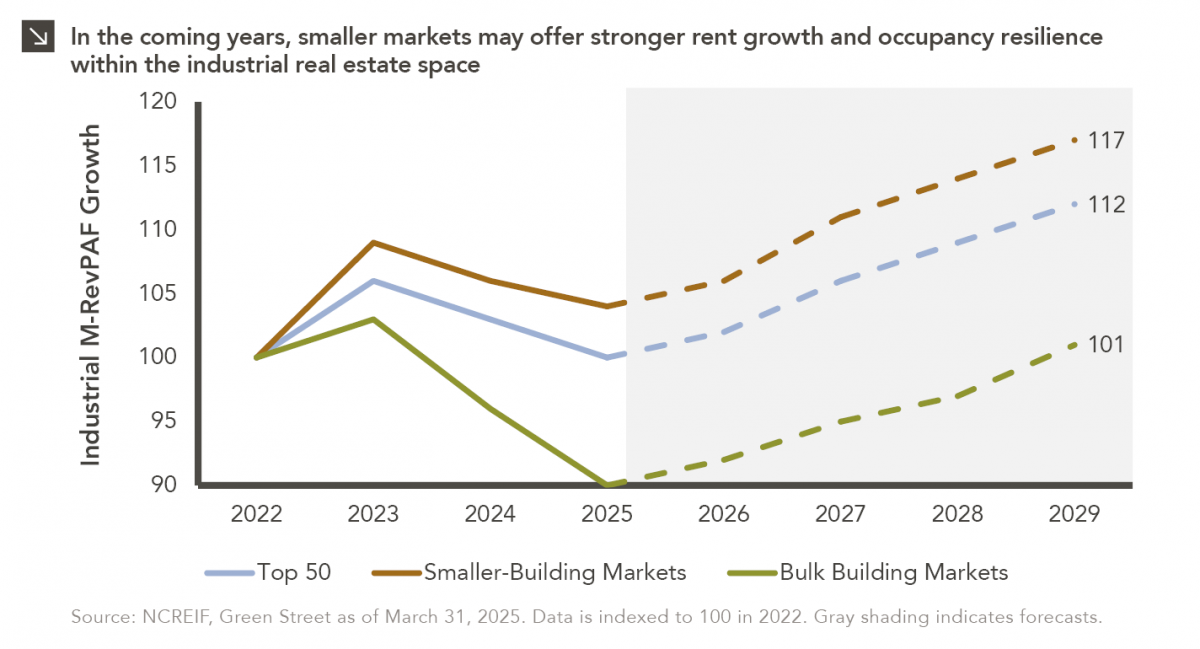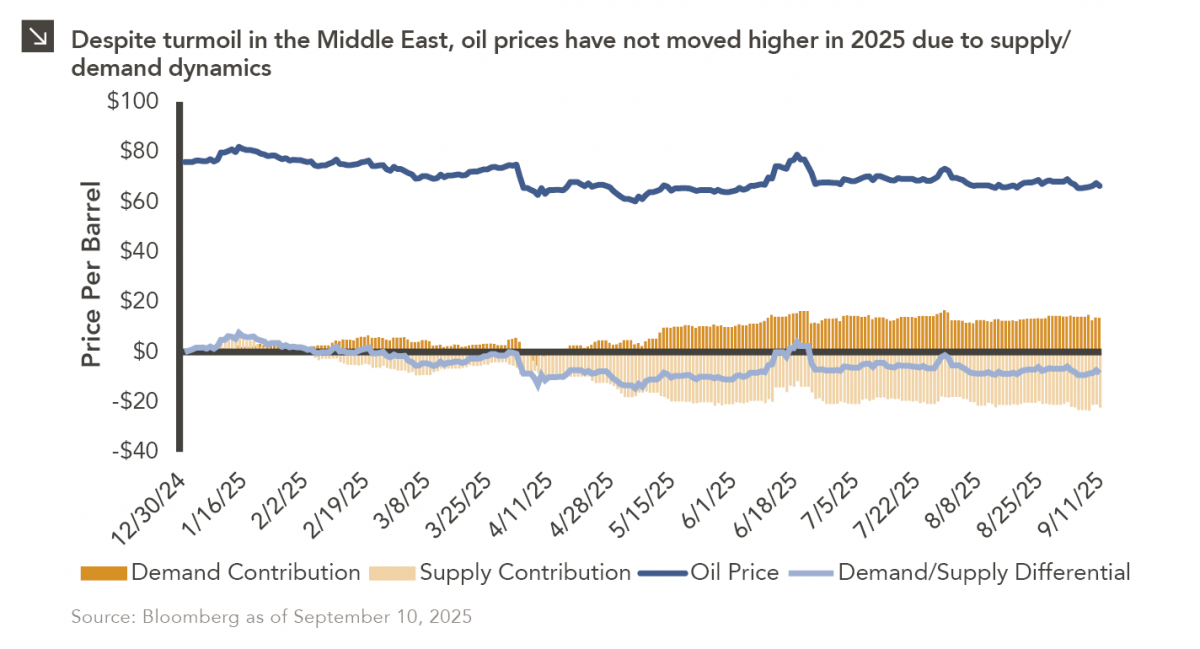Evan Frazier, CFA, CAIA
Senior Research Analyst



In a report published last week, the Organization for Economic Cooperation and Development sharply lowered its global economic growth outlook, pointing to the disruptive impact of ongoing trade tensions. Global GDP is now projected to grow by 2.9% on a year-over-year basis in 2025, down from an estimate of 3.1% in March. The United States economy is expected to grow by 1.6% this year, which represents a sharp downgrade from the March forecast of 2.2% by the OECD. Indeed, out of the countries outlined in this week’s chart, only India saw its 2025 economic growth estimates revised upward in the most recent OECD projections, with forecasts for the euro area and Japan remaining in line with where they stood in March. These assessments underscore the reality of trade disruptions as major drags on global economic momentum. Further, the OECD emphasized in its report that even a complete rollback of tariffs by the U.S. and other nations would not provide an immediate boost to the global economy due to lingering uncertainty about the direction of future policy.
In addition to trade headwinds, the OECD pointed out that domestic factors are compounding U.S. economic challenges, with immigration restrictions and a shrinking federal workforce contributing to weaker growth prospects. Additionally, despite tariff-generated revenues (which hit an all-time high last month), the U.S. budget deficit is expected to widen as slowing economic activity will likely outweigh any fiscal gains from trade barriers. Inflation in the U.S. will also rise in the near term according to OECD forecasters, which could delay substantive monetary easing by the Federal Reserve until at least 2026. The report cautions that this timeline could be pushed even further if inflation expectations become unmoored. Beyond the immediate economic implications of trade disputes, the OECD raised alarm about mounting global fiscal pressures and urged governments to streamline spending and improve revenue collection by expanding their tax bases. Clearly, policymakers around the world have much to evaluate as we prepare to enter the second half of 2025.
Print PDFThe opinions expressed herein are those of Marquette Associates, Inc. (“Marquette”), and are subject to change without notice. This material is not financial advice or an offer to purchase or sell any product. Marquette reserves the right to modify its current investment strategies and techniques based on changing market dynamics or client needs.

10.06.2025
This week’s chart compares realized and expected Market Revenue per Available Foot (“M-RevPAF”) growth within the industrial real estate space…

10.03.2025
Watch the flash talks from Marquette’s 2025 Investment Symposium livestream on September 26 in the player below — use the…

10.01.2025
Please join Marquette’s research team for our 3Q 2025 Market Insights Webinar analyzing the third quarter across the…

09.29.2025
Trifecta status for a state exists when a single political party holds the governor’s seat and a majority in both…

09.22.2025
Barring a significant equity market drawdown in the coming weeks, the current bull market will turn three years old in…

09.15.2025
Earlier this year, Marquette published a Chart of the Week that detailed the muted change in oil…
Research alerts keep you updated on our latest research publications. Simply enter your contact information, choose the research alerts you would like to receive and click Subscribe. Alerts will be sent as research is published.
We respect your privacy. We will never share or sell your information.
If you have questions or need further information, please contact us directly and we will respond to your inquiry within 24 hours.
Contact Us >